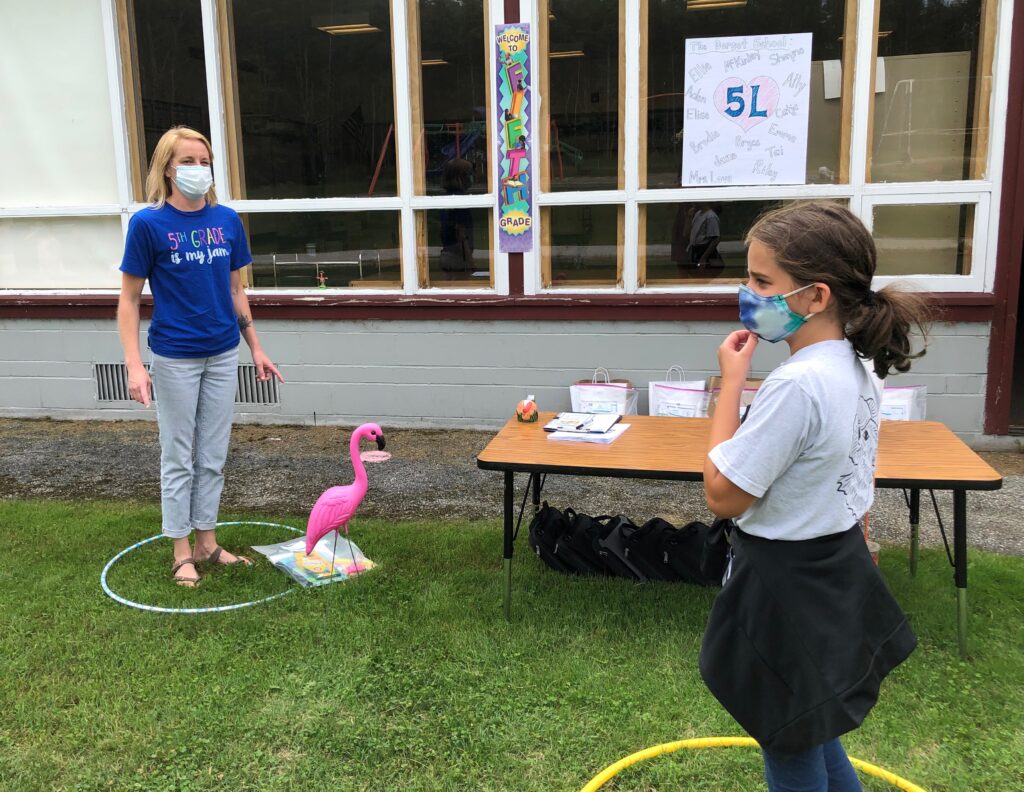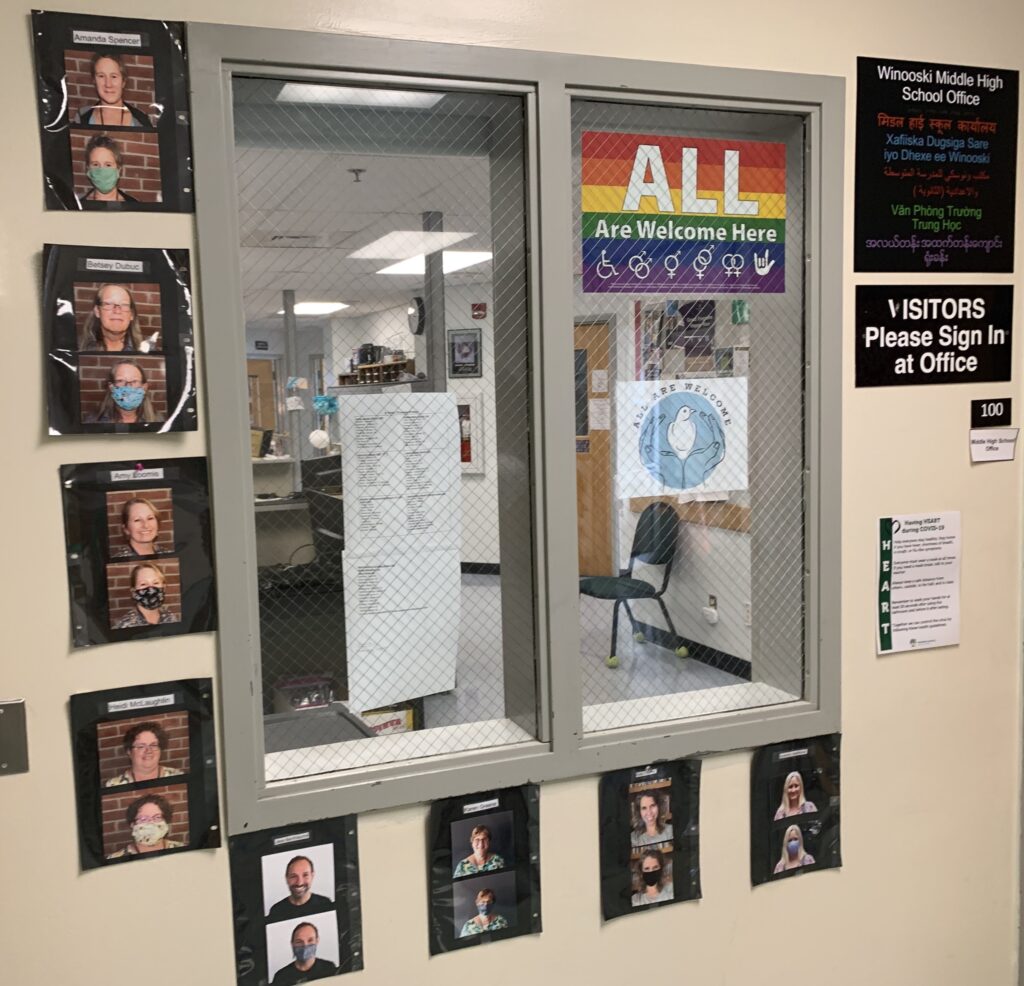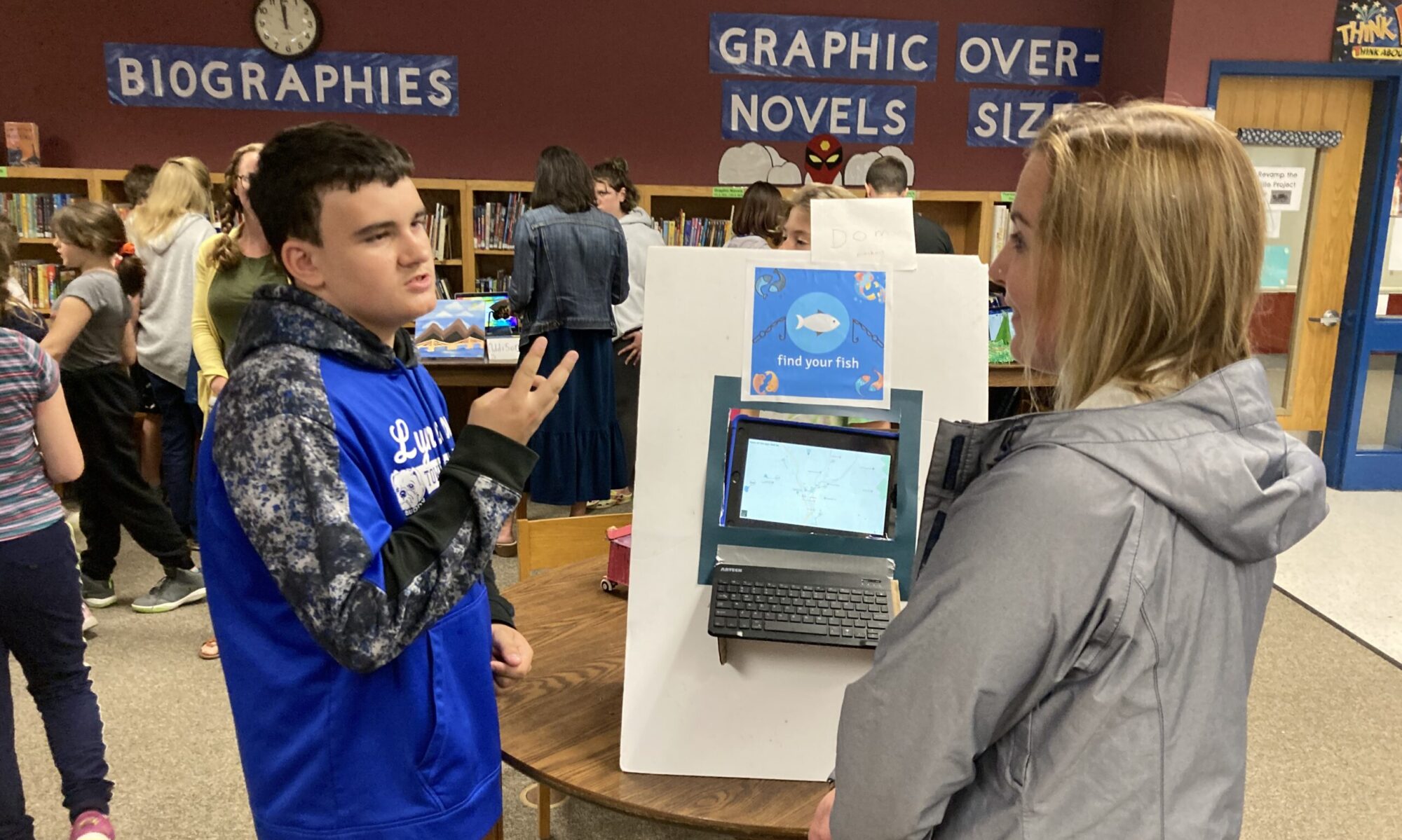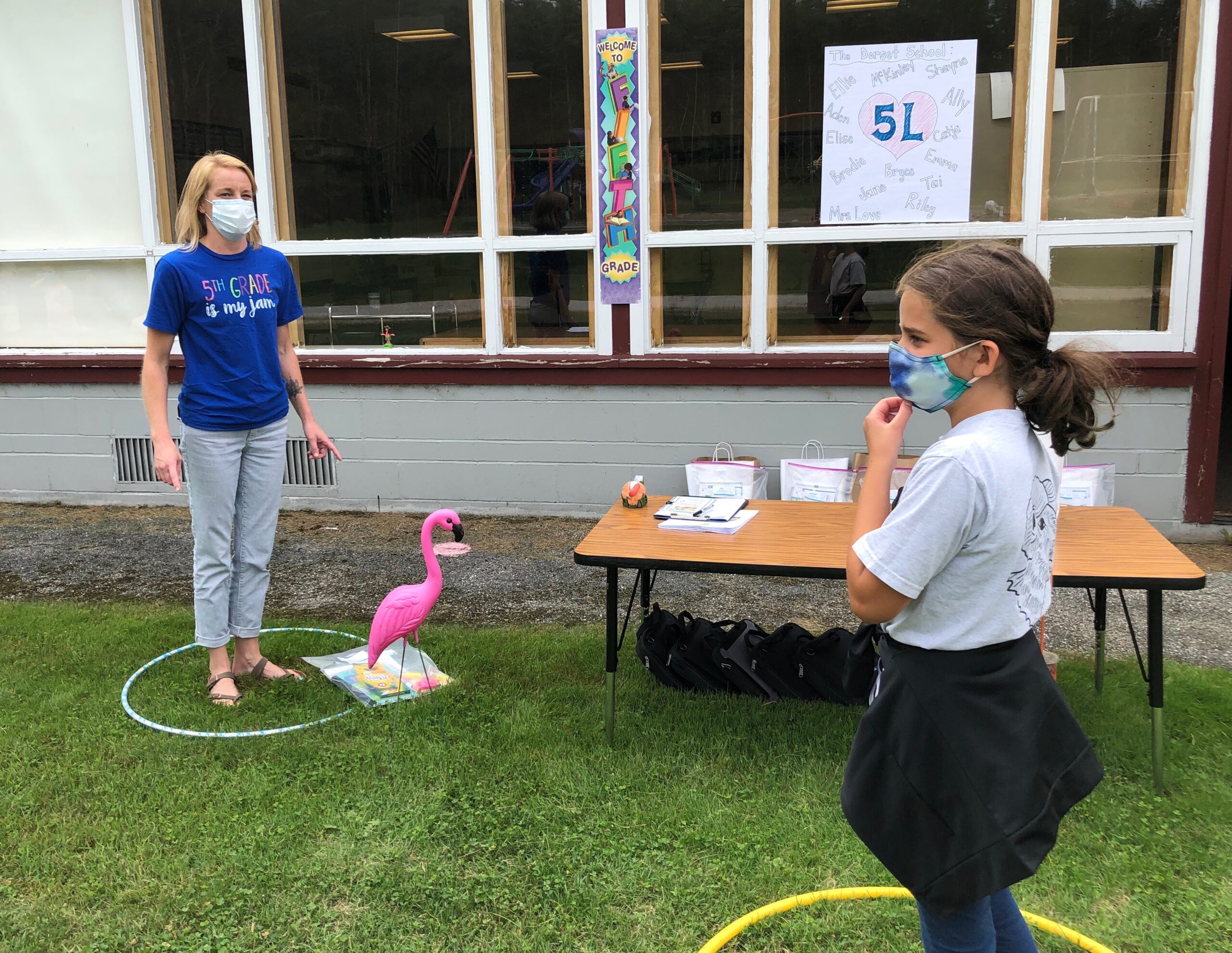Schools have been preparing for students all summer: developing protocols for handwashing and bathroom use, deploying hand sanitizer stations, hanging signs to remind students to stay socially distant, measuring and taping classrooms, cafeterias, and hallways. It’s *A LOT*. You are carrying an enormous burden, and I applaud your hard work, creativity, and fortitude. It is no easy thing to do all of this in the middle of a global pandemic while grieving and caring for yourself and your family.
Frankly, we as a society are asking way too much of you: educate our kids AND ensure that no one gets sick!
I can imagine that you are feeling stressed and overwhelmed. I am feeling stressed and overwhelmed for you. When I was a new teacher, those emotions would lead to a knee jerk reaction: clamping down. I would become rigid in an attempt to take control, a punitive approach that frankly made me and my students feel awful and disconnected. I’ve been reflecting on that, thinking how easy it would be to fall back on a disciplinary process, demanding compliance from learners.
The rules, procedures, and restrictions you have developed are acts of love designed to keep kids and adults safe and healthy.
How might we center love as we introduce and guide students in following them?
Credit to Carla Shalaby and her fantastic book Troublemakers which inspires this question and gives clues to an answer. In a webinar this spring she offered that mask-wearing is an opportunity to teach young children that it is our responsibility to take care of each other, especially the most vulnerable among us.
That leads me to wonder:
How might we build community such that we focus on taking care of each other?
In what ways might our protocols and procedures be guides for conversations about community wellness? After all, when I wear my mask to take care of you and you wear your mask to take care of me, we build a web of reciprocity and community care. We are showing fundamental love for one another.
Build a common understanding of the rules and the purpose of the rules
Don’t assume, for example, that learners understand why they are being asked to wear a mask. Dig into the science of it. (video)
Understanding the effectiveness of masks helps us understand the importance of wearing them. Schools all over Vermont are normalizing mask-wearing in all sorts of ways.

At Winooski Schools, staff have posted photos with and without masks so students can recognize them.

And a teacher in Jericho has a mask that shows what her face looks like underneath to make herself more accessible to students.
The more we talk about why we wear masks, what we are inconveniencing ourselves for, the more incentive we have to wear them. So talk it out. And while you’re talking about it, don’t forget to explain the science of handwashing.

Creating a common understanding of how to keep ourselves healthy and safe can go a long way!
It might also help to take some time as a community to brainstorm the obstacles to social distancing: tight spaces, long lines, forgetfulness. Then work together to brainstorm some solutions. Perhaps develop a code word for when someone forgets a rule, calling each other in rather than calling each other out. Making sense of Covid19 safety protocols as a community creates a sense of collective understanding and responsibility, and isn’t that what we want?
Turn to books
Strong communities show love to one another, and books can help us see and understand why this is so important. Jacqueline Woodson’s Harbor Me, for example, asks a group of middle school students what it means to protect one another. What might it mean for your school community to provide a safe “harbor” for each other?
An oldy but a goody, Paul Fleischman’s Seedfolks is another book about what it means to be a community. What story might your students tell about community in the age of social distancing?
Picture books can also jump-start conversations.
Here are just a few suggestions for exploring themes of community and collective care:
- Hey, Wall: A Story of Art and Community by Susan Verde
- One by Kathryn Otoshi
- Come With Me by Holly M. McGhee
- One Plastic Bag: Isatou Ceesay and the Recycling Women of the Gambia by Miranda Paul
What books are you using to build community this year?
Pull it into the curriculum.
What would it look like to center community care in project-based learning? Communities do so much for the common good: public libraries provide access to books and resources, green spaces provide places to play and be active, sanitation laws keep us from getting ill… How many more public services can your students identify that serve to ensure our wellbeing? What happens when these services aren’t available to all? What actions would students propose to keep their communities healthy?
Shelburne Farms’ Healthy Neighborhoods, Healthy Kids Guide is a great place to start planning PBL about community care. It walks students through a process of community exploration and action. Facing History And Ourselves’ unit on Identity and Community is another jumping-off point for learning about community and belonging.
What questions about community are your students asking? How might they feel empowered to positively impact their communities during this difficult time?
Extend grace, to your students, your colleagues, and yourself.
This is hard work in challenging circumstances. We are all bound to make mistakes. Don’t forget to breathe, to slow down, to find forgiveness, humor and love as you, and your whole community, adjust to the demands ahead. We care so much about you, your schools, and most especially your students. Please let us know how we can support you.


